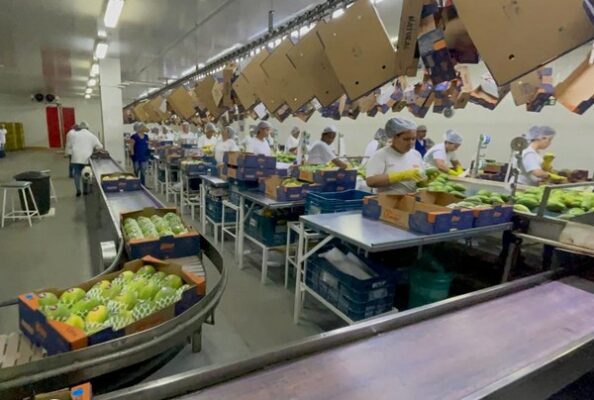South America is an important supplier of produce to the North American continent and there used to be plenty of shipping options by vessel available. However, more recently shipping lines have reduced the number of direct shipments.
[…]
Will consumers keep an appetite for tropicals?
Andres Ocampo, CEO of HLB Specialties, is facing the same challenges. His company imports tropical and exotic fruits like papaya, rambutan, dragon fruit, and more. “Shipping rates from Central and South America to North America have pretty much doubled in the past three years,” Ocampo said.
All price increases together result in the risk of tropicals and exotics becoming too expensive for the consumer. “There is only so much of these additional costs we can pass on to the consumer before they lose their appetite for tropicals,” he commented. “This inflation, in combination with the risk of a recession, is creating an uncertain environment for us. Our items simply aren’t first in line of purchase for the consumer.”
Nevertheless, Ocampo is grateful for the increase in sales his company has seen since the onset of the pandemic. “Thanks to the bold choices of our retail customers and consumer interest, we have been able to make once-unknown exotic fruits into a strong presence in the North American retail landscape.”
HLB Specialties markets their products in both North America and Europe. “Demand in Europe is already starting to weaken,” shared Ocampo. As a result, Latin American growers are shifting their focus from Europe to North America. “Not only does North America’s economy seem to be steadier, the strength of the dollar also works in the growers’ favor.” With the US dollar being so strong, it is more appealing to send product to North America.
Source: Fresh Plaza
https://www.freshplaza.com/article/9461930/importers-discuss-squeezed-grower-margins-and-record-profits-for-shipping-lines/

